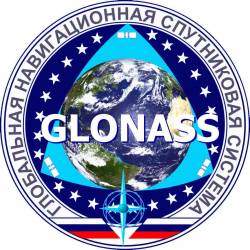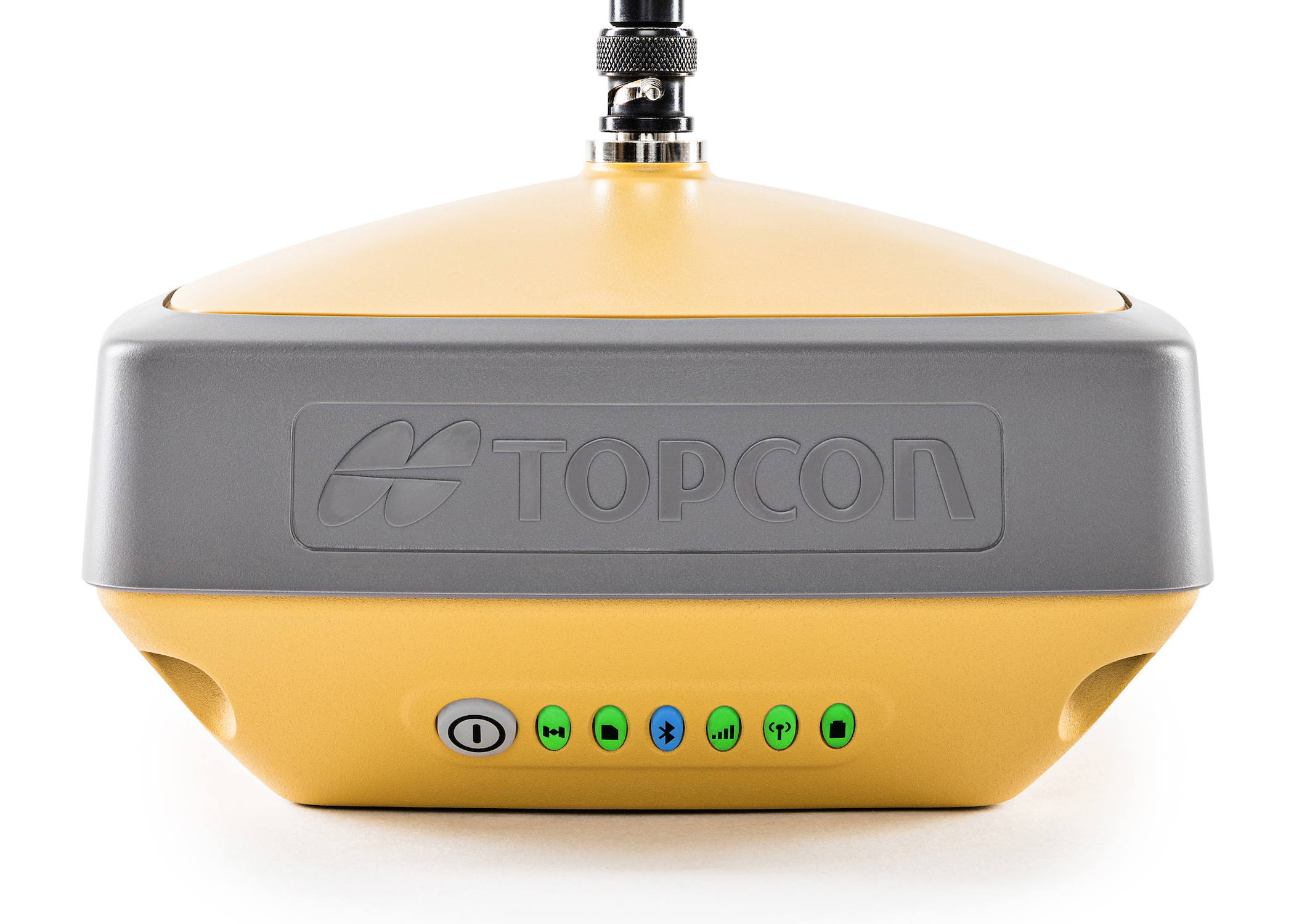
On Saturday (March 22, 2014) two geostationary L-band transponders, GEO-2s, were successfully launched on board the SES ASTRA 5B satellite from the European Space Port in Kourou, French Guiana.
The new generation transponders will provide higher accuracy positioning signals to both civil and professional users of EGNOS-enabled receivers and ensure the continuity and quality of the European Geostationary Navigation Overlay Service (EGNOS) open service and safety-of-life services for the next 15 years, according to the European GNSS Agency (GSA).
On Saturday (March 22, 2014) two geostationary L-band transponders, GEO-2s, were successfully launched on board the SES ASTRA 5B satellite from the European Space Port in Kourou, French Guiana.
The new generation transponders will provide higher accuracy positioning signals to both civil and professional users of EGNOS-enabled receivers and ensure the continuity and quality of the European Geostationary Navigation Overlay Service (EGNOS) open service and safety-of-life services for the next 15 years, according to the European GNSS Agency (GSA).
Together with a previous transponder replenishment on the SES-5 satellite launched in July 2012, GEO-2 will soon be introduced in current EGNOS operations and will support the new EGNOS generation (EGNOS V3) to provide dual-frequency signals on L1 and L5 bands and augment both GPS and Galileo.
EGNOS is owned by the European Union and, since January 1 of this year, the GSA is providing its operations and service provision.
“The successful launch is an important achievement in view of the enhanced performance that EGNOS will provide both today and in the future,” said Carlo des Dorides, executive director of the GSA. “This will further expand the quality of the services provided by EGNOS.”
Since 2009 EGNOS has provided both correction and integrity information for GPS applications. For example, the EGNOS safety-of-life service enables safer and more flexible landings, including under poor weather conditions and at less well-equipped airports. Today more than 100 airports in Europe use EGNOS.






